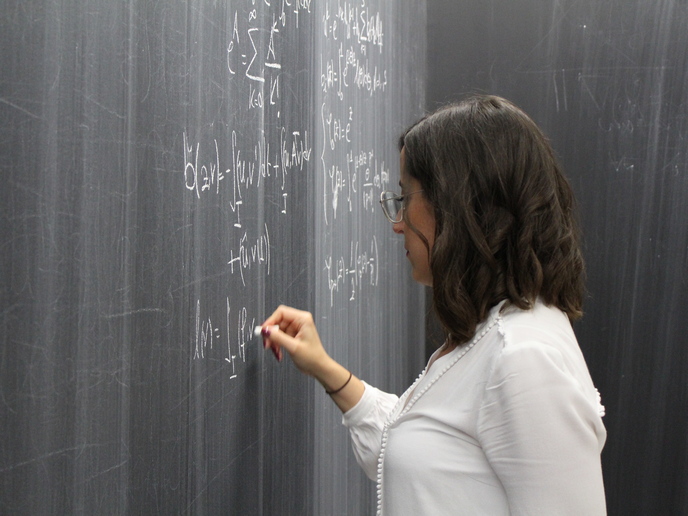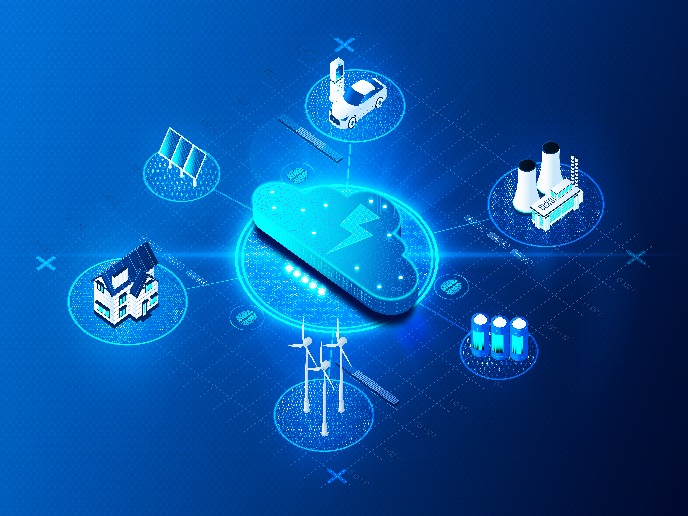Zooming in on the Earth: how new maths could make CO2 storage safer
When it comes to tackling climate change, storing carbon dioxide deep underground is one of the most promising strategies. But to make this process safe and reliable, scientists need clear images of what lies beneath the Earth’s surface. This is where mathematics and the EU-funded GEODPG(opens in new window) project come in. Led by mathematician Judit Muñoz Matute at the Basque Center for Applied Mathematics (BCAM) in Bilbao, Spain, GEODPG set out to design smarter ways of solving the complex equations that describe physical processes underground. Supported by the Marie Skłodowska-Curie Actions programme, the project ran from 2022 to 2025 and focused on making seismic imaging sharper and more efficient.
The maths behind the Earth
At the heart of the project are partial differential equations (PDEs), the mathematical workhorses used to describe how things such as heat, pressure or waves move through space and time. “Partial differential equations describe how physical quantities evolve. They are essential for modelling physics – for example, how sound waves travel so we can hear, or how heat diffuses when we cook,” explains Muñoz Matute. “In our case, we use them to model waves that let us explore the Earth’s subsurface, just like medical ultrasounds reveal structures inside the human body.” The challenge is that solving these equations for real-world problems – such as mapping porous rock layers for CO2 storage – is extremely demanding. Traditional methods often require huge amounts of computing power yet still miss the details that matter most.
Smarter simulations
To overcome this, the GEODPG team developed new space-time adaptive techniques using the Discontinuous Petrov-Galerkin (DPG) method. The idea is to divide the underground space and the flow of time into small ‘pixels’ and ‘frames’, then zoom in automatically when things become complex. “Some regions or moments are more complicated and need more detail than others,” says Muñoz Matute. “Space-time adaptive techniques automatically zoom in on these, saving time and computational effort elsewhere. The DPG method makes sure the results remain accurate, even for very challenging problems.” The project produced new algorithms and software capable of running faster, more precise simulations that can be applied to geophysical processes. This makes it possible to create sharper subsurface images, detect weak points where CO2 might leak and better evaluate where carbon storage can be done safely.
From research to real-world impact
So far, the project has focused on building and validating the mathematical tools. Before they can be used in industry, the software needs to go through rigorous certification to ensure reliability in high-risk operations such as CO2 storage. Still, the implications are significant. “Accurately characterising the subsurface is crucial for safe CO2 storage,” says Muñoz Matute. “If we can simulate wave propagation more precisely, we can identify potential weak zones or leakage paths early on. That makes CO2 sequestration – and even other applications like geothermal energy – safer and more reliable.”
Looking ahead
For Muñoz Matute, the project reflects her passion for using abstract mathematics to address urgent global issues. “The same ideas that explain how waves move can also help us fight climate change. I find it rewarding to contribute mathematical tools that protect our planet.” Her next steps involve extending the methods to more complex problems and exploring synergies with artificial intelligence. Over the next decade, she hopes this work will deliver powerful new tools not only for geophysics, but also for areas such as computational biology.







